
“The Baroque Art Movement: A Reflection of the Catholic Church’s Golden Age”
The Baroque was a significant artistic and architectural movement in Europe that spanned from the late 16th to early 18th centuries, flourishing in countries such as Italy, France, Spain, and beyond. Characterized by its intricate, ornate, and theatrical style, the Baroque emerged as a reaction to the Renaissance and the Protestant Reformation. Its primary goal was to evoke emotions and create a passionate, exhilarating experience for the viewer.
History of the Baroque Art Movement The Baroque emerged as a countermovement to the Renaissance, which emphasized balance, harmony, and simplicity. Originating in early 17th century Italy, the style subsequently spread throughout Europe. One of the driving forces behind the Baroque was the Catholic Church, which employed art as a means to counter the Protestant Reformation and showcase its grandeur and power.
Initially, the Baroque manifested as an artistic approach in architecture, painting, and sculpture, but it quickly extended to other artistic domains such as music, literature, and theater.
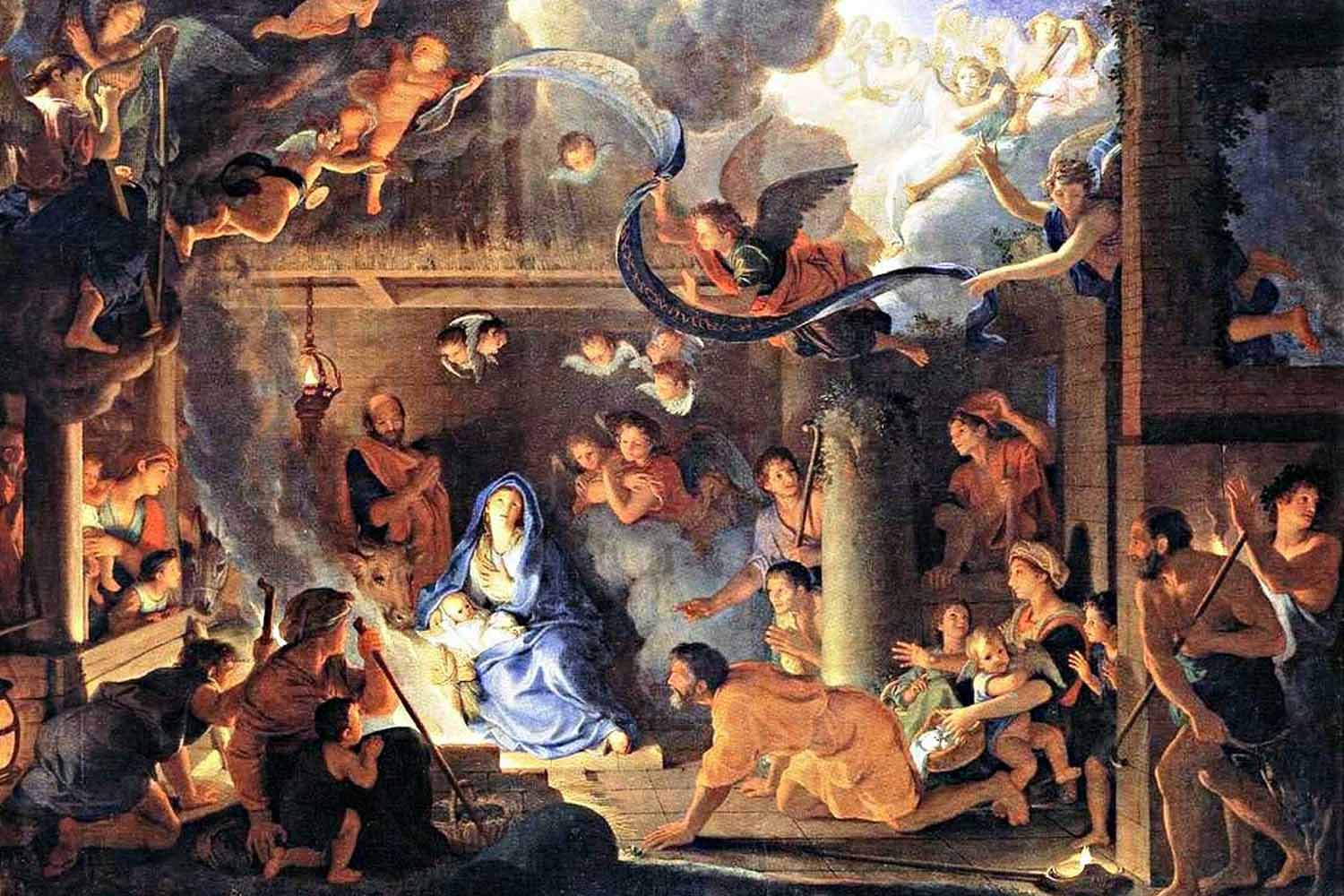
Baroque Characteristics and Influence
The Baroque, a prominent artistic and architectural movement that spanned from the late 16th to early 18th centuries, was characterized by its intricate, ornate, and theatrical style. Emerging as a reaction to the Renaissance, the Baroque aimed to evoke strong emotions and create a visually and emotionally immersive experience.
Key Characteristics of Baroque Art
- Movement and Dynamism: Baroque art prioritized movement and energy. Artists sought to capture a sense of motion and vitality rather than static poses. This is particularly evident in sculpture and painting.
- Chiaroscuro: The dramatic interplay of light and shadow, known as chiaroscuro, was a hallmark of Baroque painting. Caravaggio is renowned for his masterful use of this technique, which added a dramatic flair to his works.
- Strong Emotions and Expression: Baroque art aimed to evoke intense emotions and dramatic expressions. This characteristic is evident in sculpture, painting, and even architecture of the period.
- Rich Detail and Ornamentation: The Baroque style is characterized by its abundant use of intricate details and ornamentation. In architecture, this is seen in the use of columns, domes, and gilded decorations to create a sense of grandeur and opulence.
- Interdisciplinary Approach: The Baroque was known for its integration of various art forms. Architecture, painting, sculpture, and music were often combined in Baroque works to create a multisensory experience for the viewer.
Influence of Baroque Art on Other Disciplines
The Baroque had a profound impact on the development of music and theater. In music, composers such as Johann Sebastian Bach and Antonio Vivaldi exemplified the Baroque style, characterized by strong emotions and complex rhythms.
Similarly, Baroque literature and theater emphasized emotion and drama. Writers of this period employed elaborate language and vivid imagery to create powerful and impactful works.
Notable Baroque Artists and Works
Caravaggio: A leading Italian Baroque painter, Caravaggio is celebrated for his use of chiaroscuro and realistic style. His works had a significant influence on the Baroque movement.
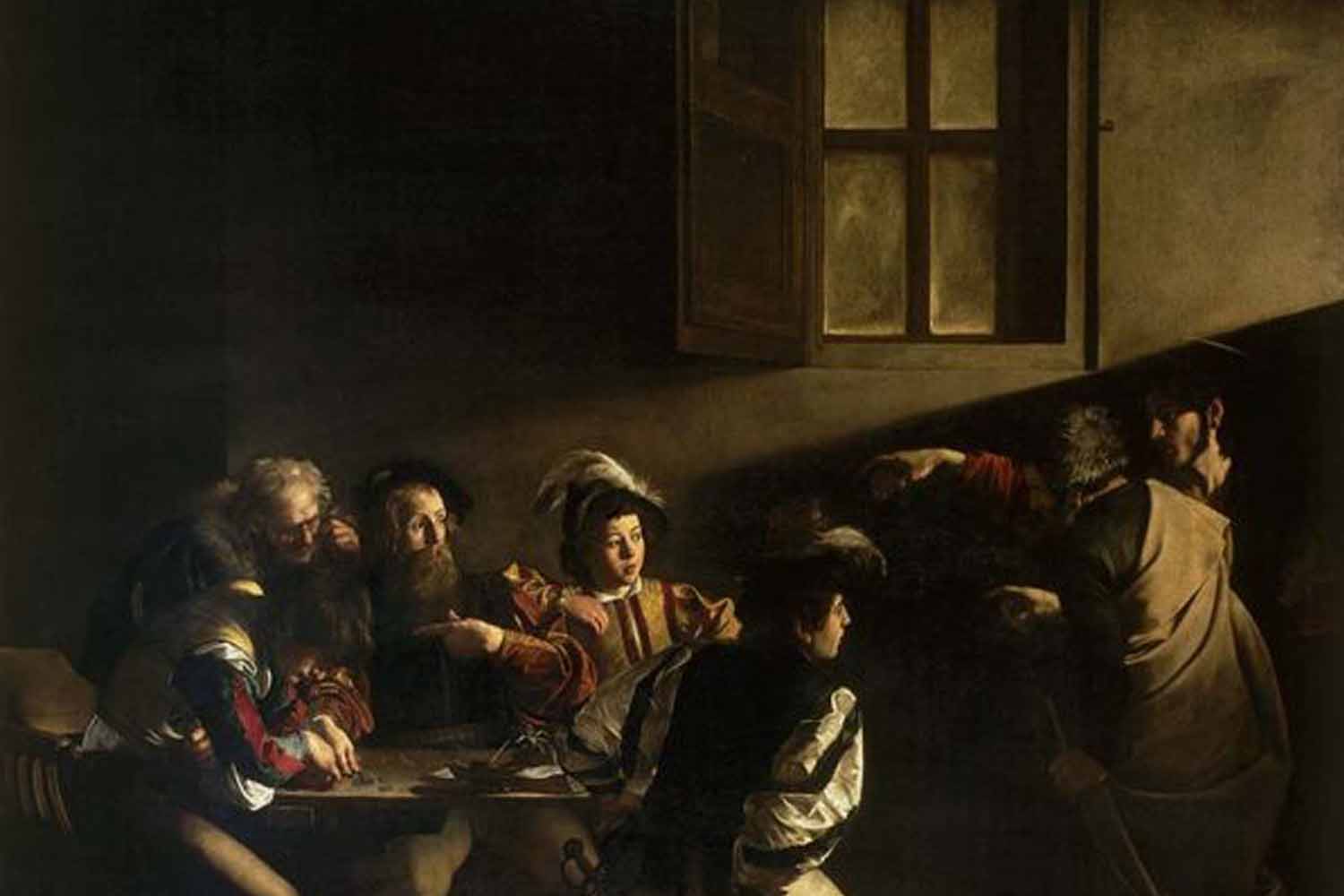
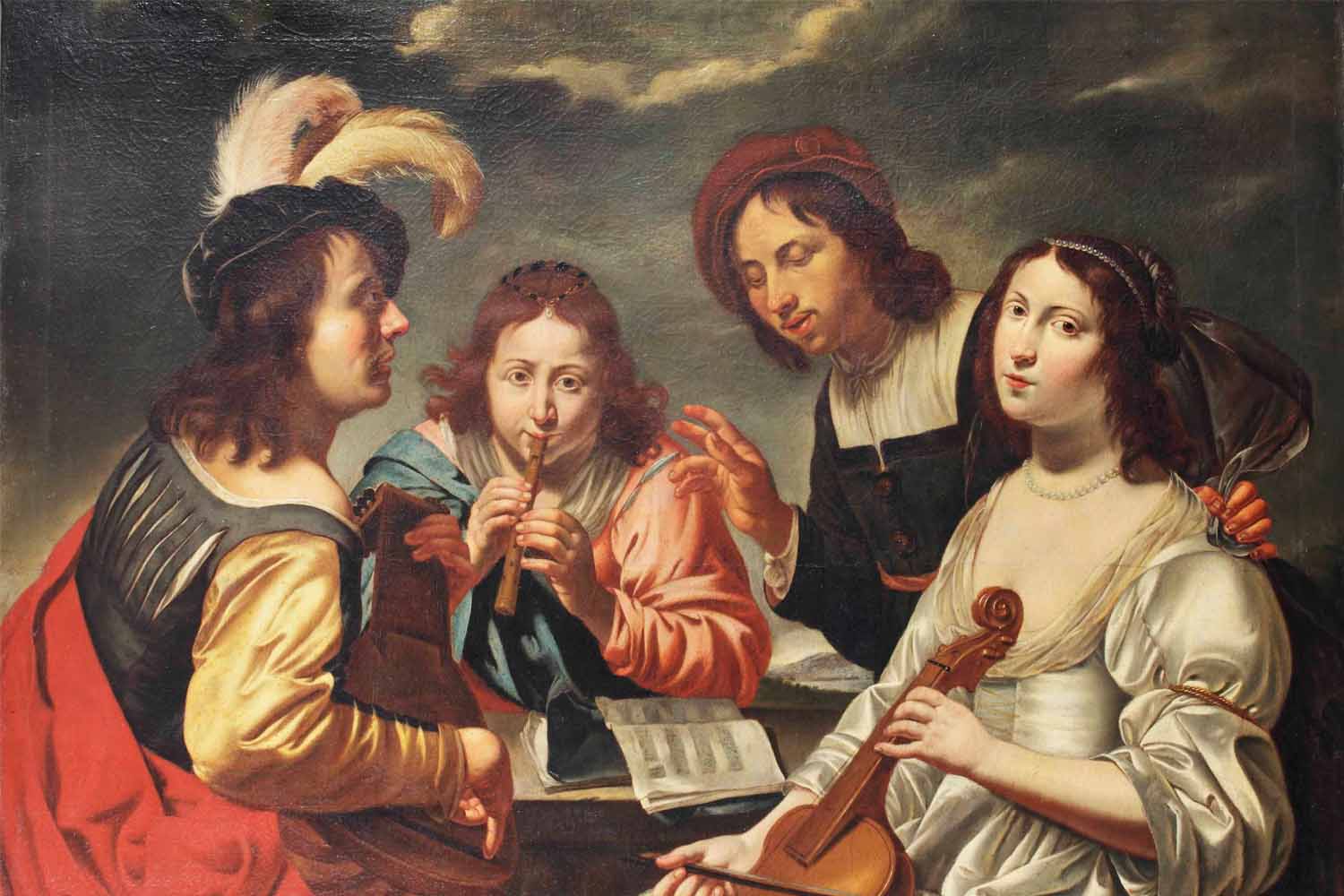
Peter Paul Rubens:Peter Paul Rubens, a Belgian artist, was famous for his bold use of color, energetic style, and ability to convey deep emotions in his religious, mythological, and historical artwork.
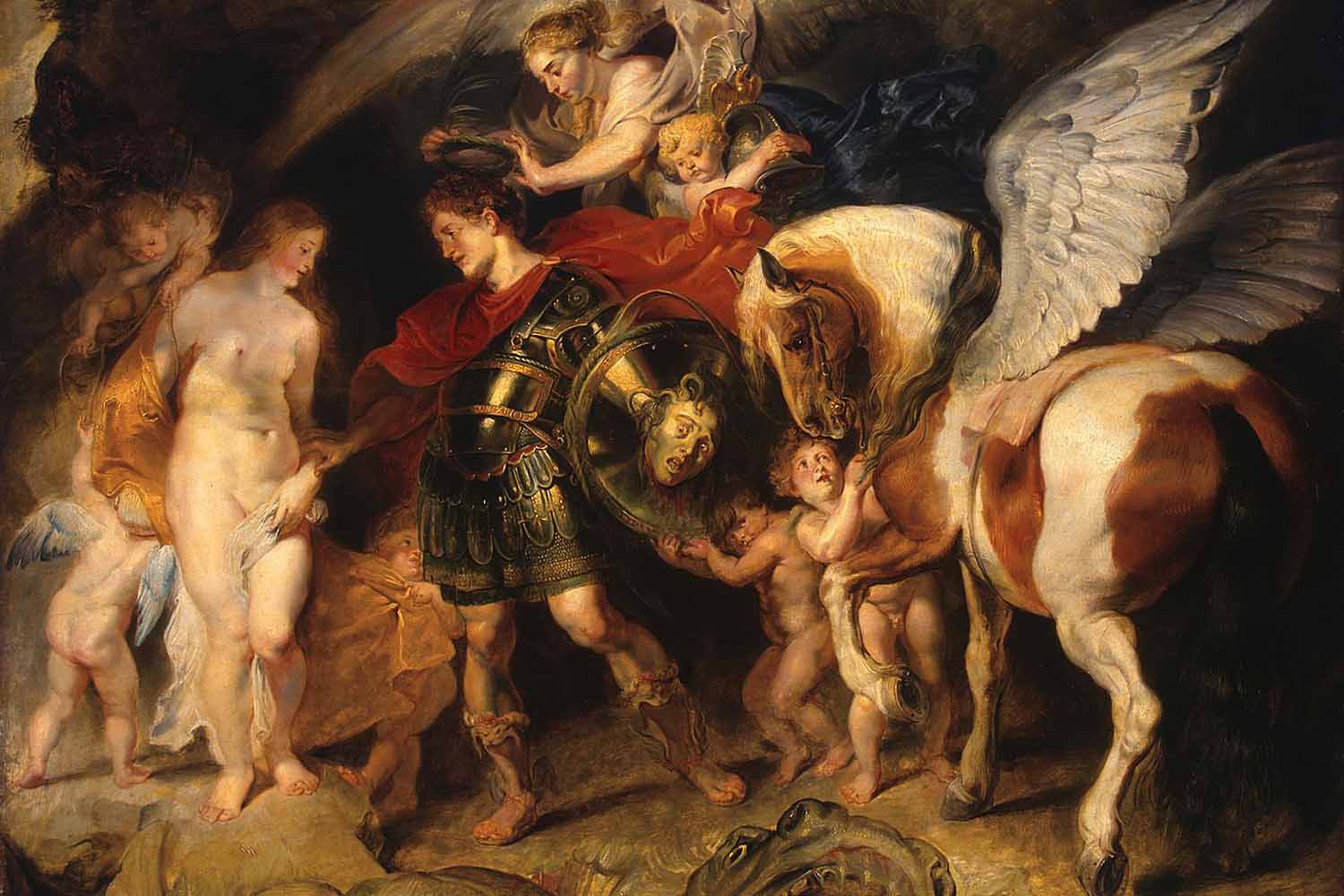
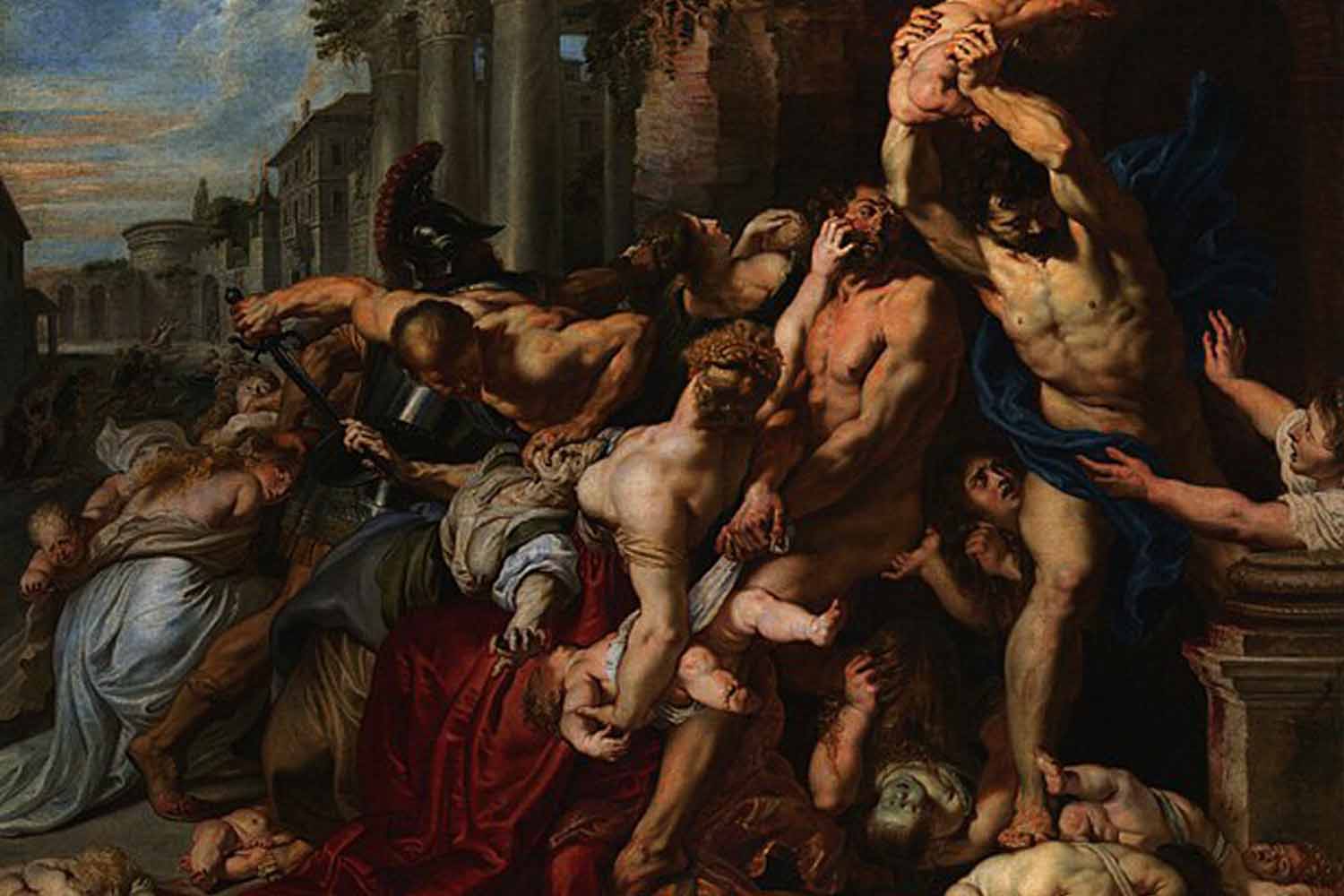
(Diego Velázquez): Velázquez was one of the greatest Spanish Baroque painters, renowned for his portraits and his works for the Spanish royal court. He skillfully combined realism and intense emotion in his art
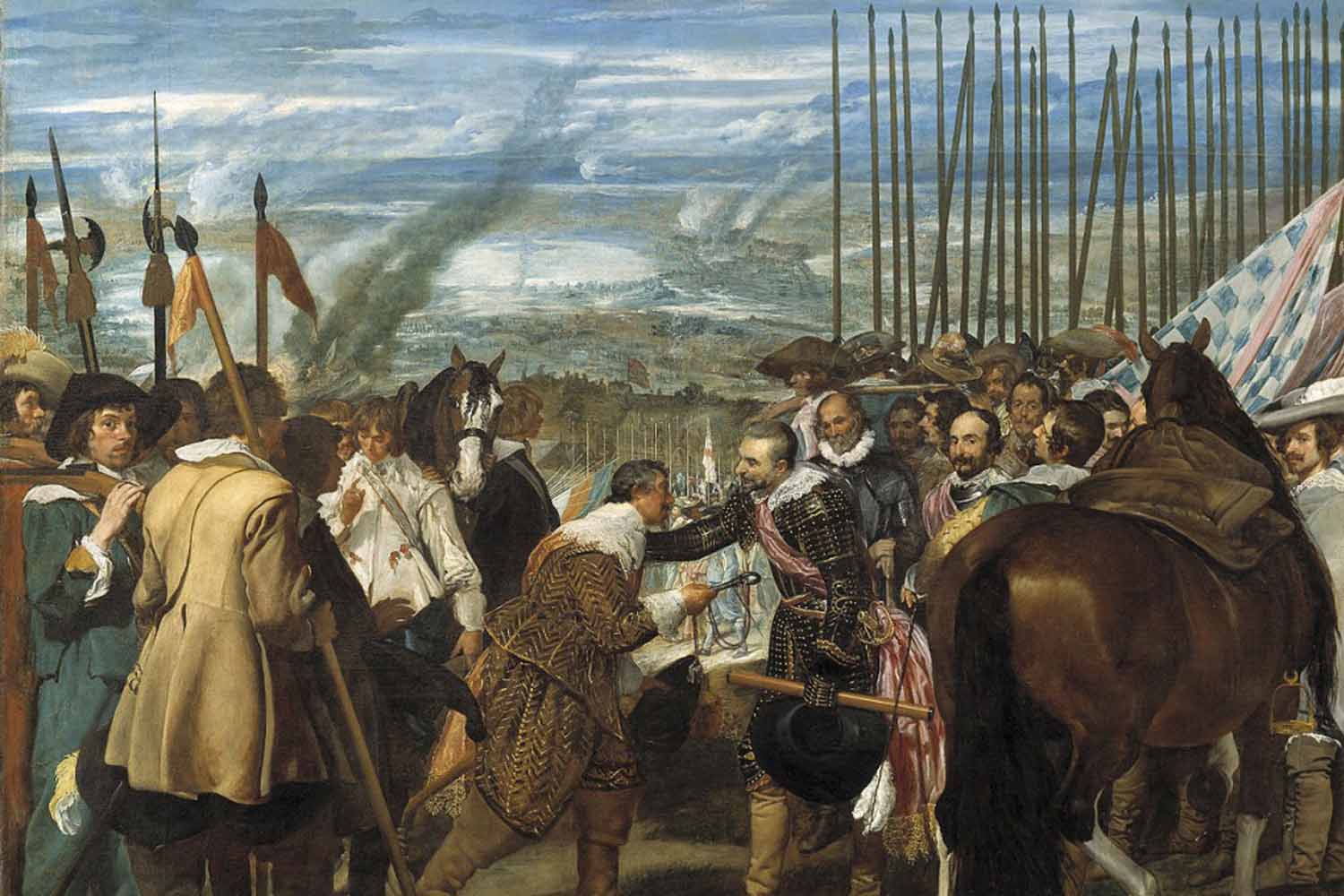
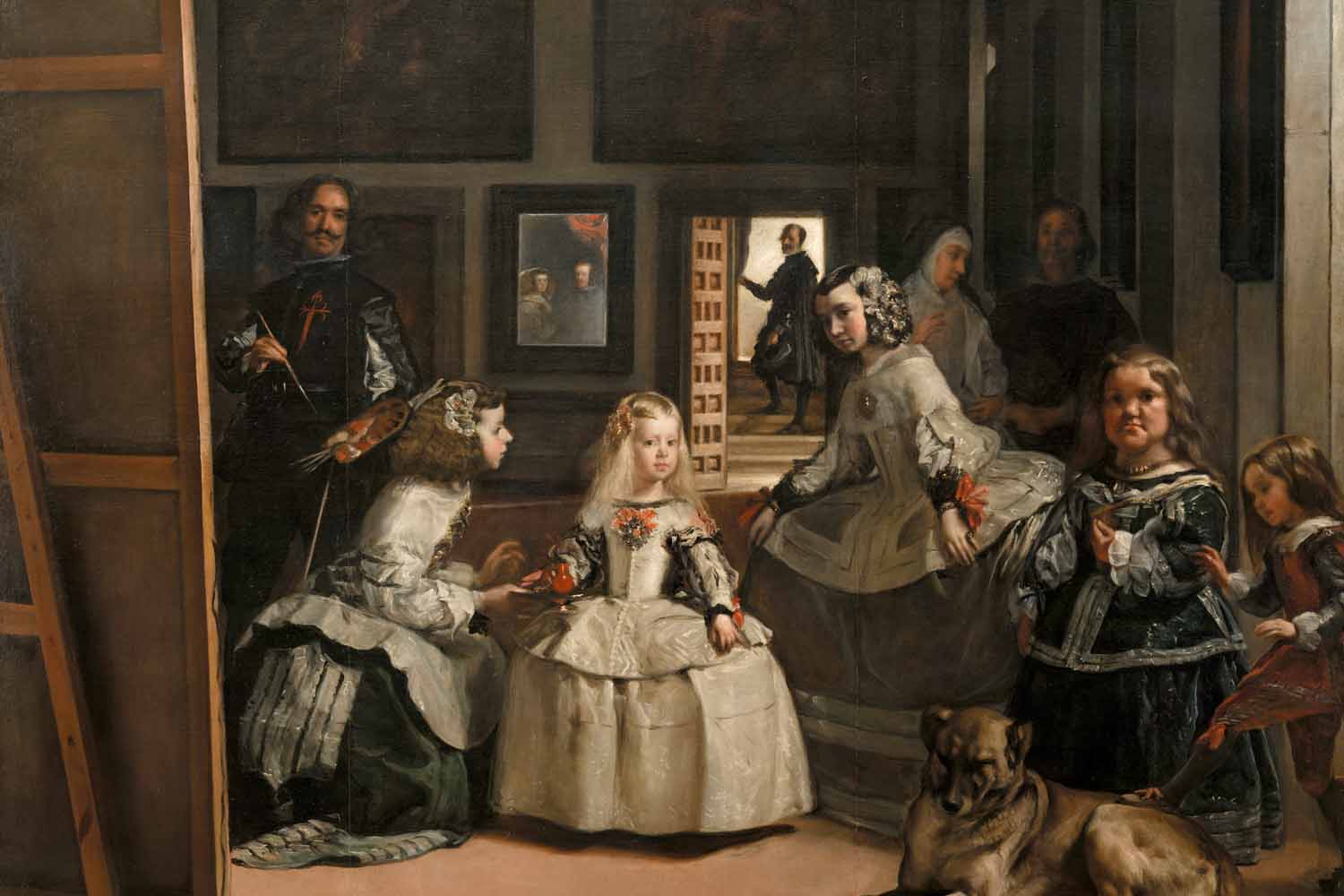
Rembrandt: a Dutch painter, is renowned for his exceptional use of light and shadow and his ability to depict human emotions. He was one of the most prominent artists of the Northern Baroque period.
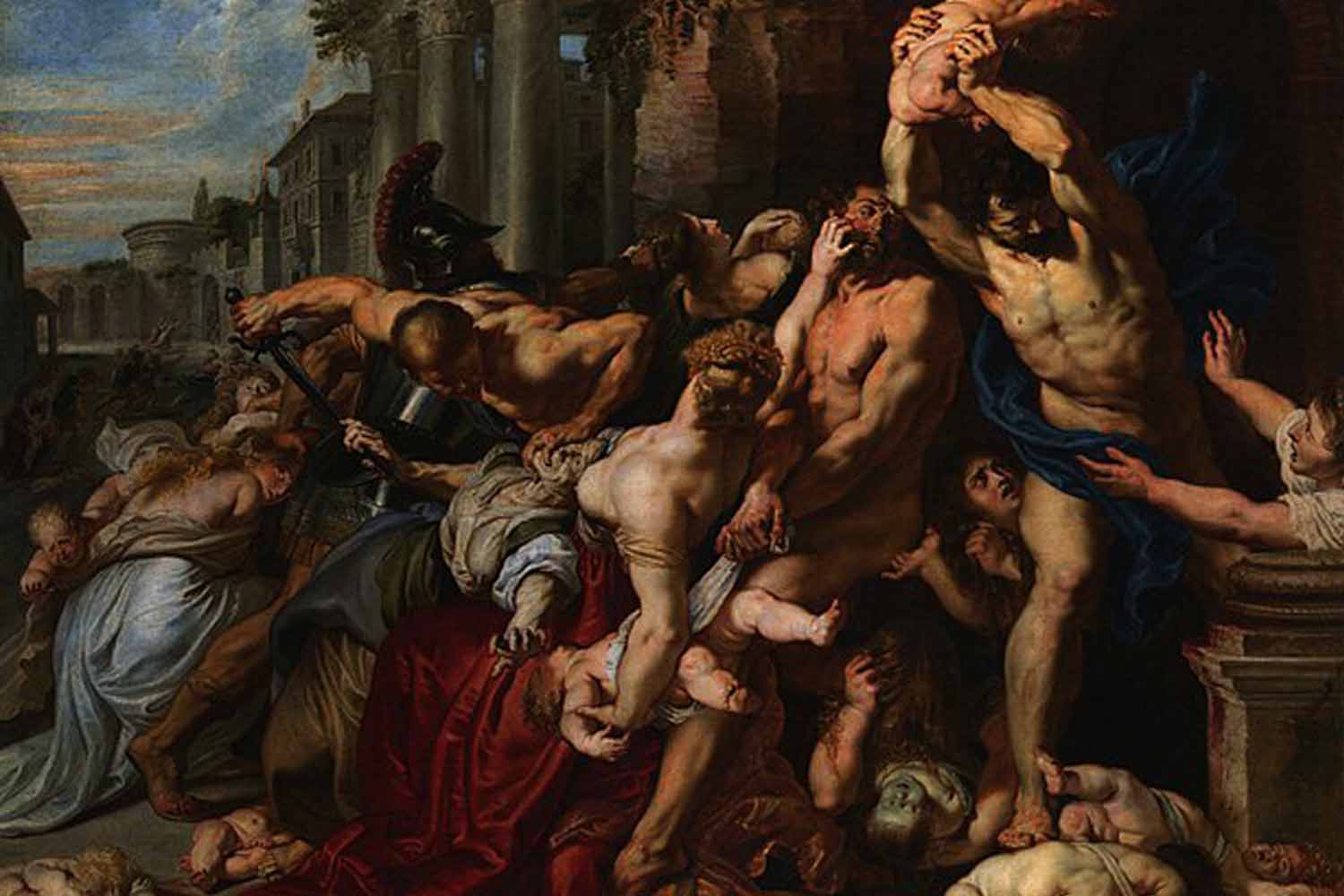
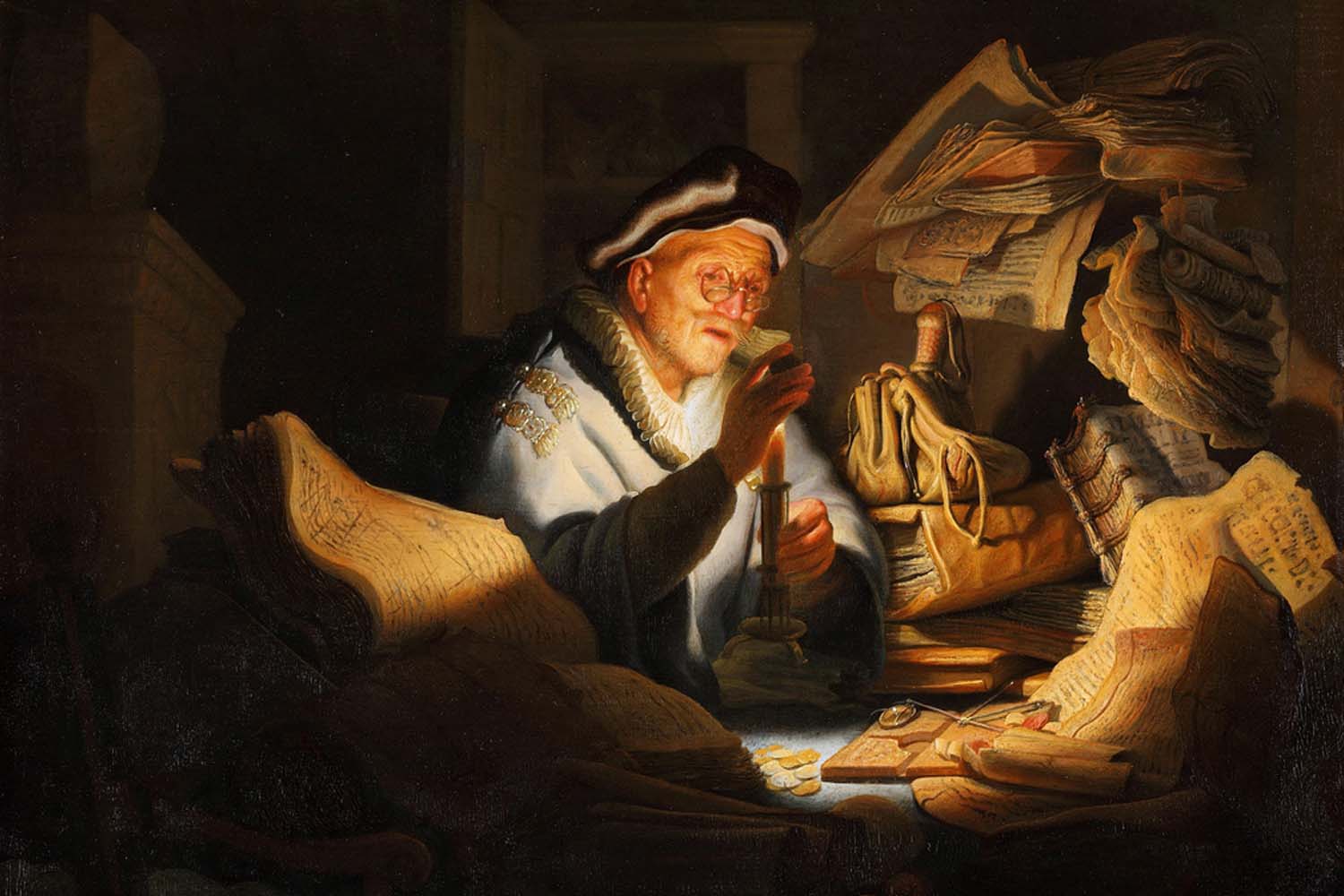
With its dramatic, emotional, and highly ornate characteristics, the Baroque was one of the most significant art movements in Western history, exerting a profound influence on various artistic disciplines. It remains recognized as a golden age in the history of art.

